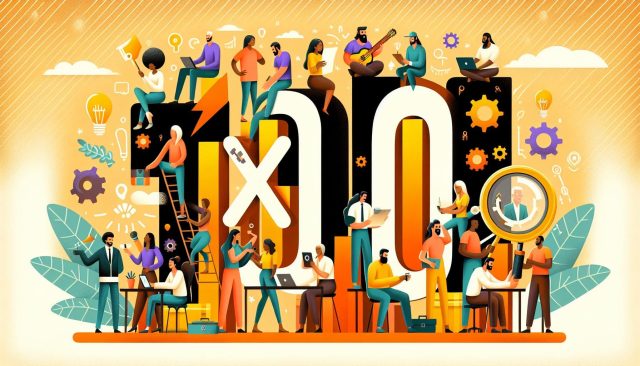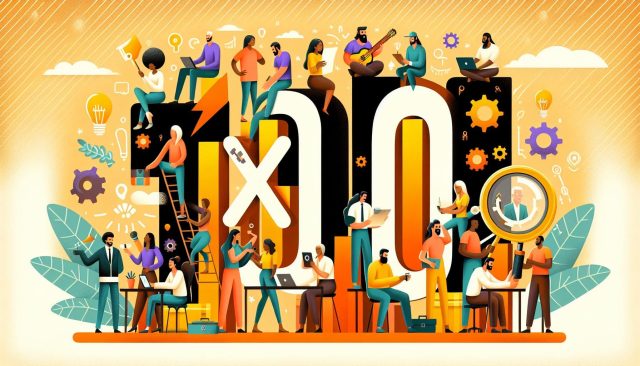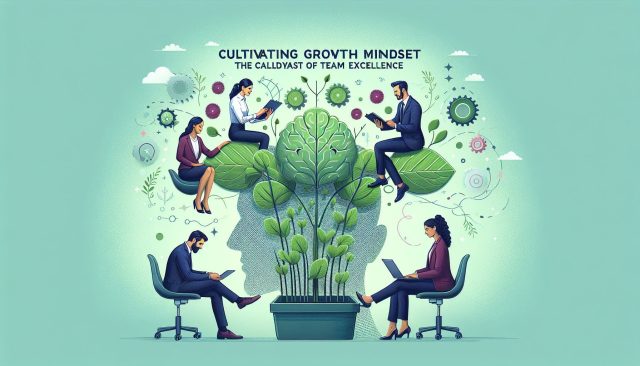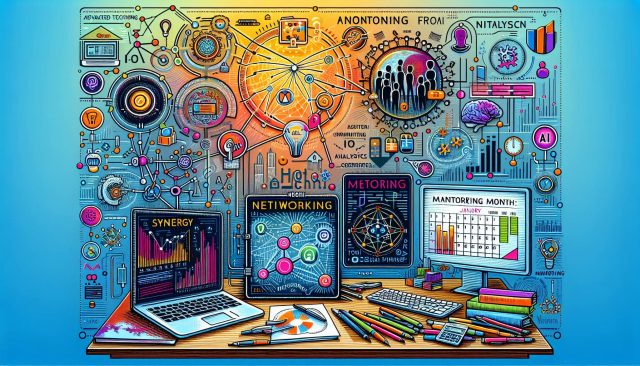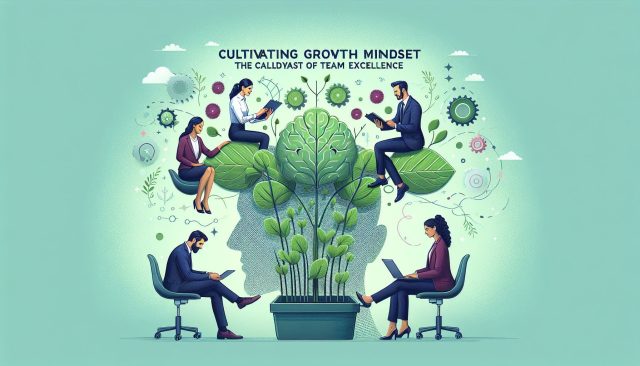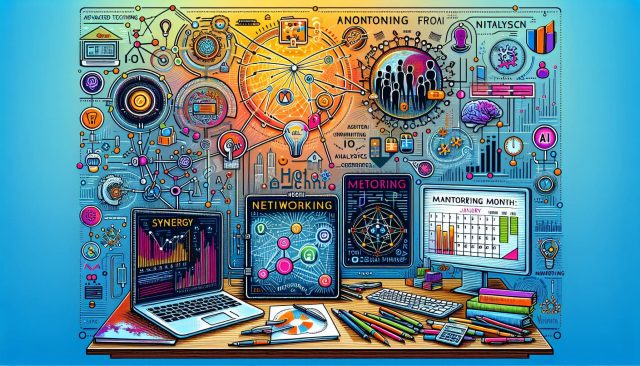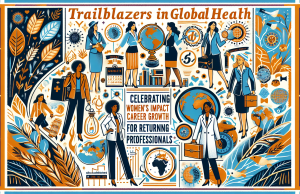Digital Alchemy: Transforming Mindsets in the Age of Technology
Digital Alchemy: Transforming Mindsets in the Age of Technology
In todays fast-paced world, where technological advancements accelerate at an unprecedented rate, young professionals stand at the cusp of a revolution. This revolution isn’t just about new devices and software; it’s about leveraging these tools to transform our very way of thinking.
The digital landscape isnt simply a playground for innovation; its a crucible for mindset transformation. As young professionals, you have the unique opportunity to harness technology not just for productivity but for profound personal and professional growth.
The Interplay of Technology and Mindset
Technology and mindset might seem like disparate concepts at first glance, but closer inspection reveals a symbiotic relationship. Think about the devices and platforms you use daily. They dont just serve as utility tools; they shape how you perceive the world, how you problem-solve, and how you approach challenges.
The power of technology lies in its ability to provide instantaneous access to information, diverse perspectives, and innovative solutions. This accessibility requires a shift in mindseta move from passive consumption to active engagement. Instead of merely observing the digital world unfold, you’re called to participate, to harness, and to innovate.
From Fixed to Growth Mindset
The concept of a growth mindset, popularized by psychologist Carol Dweck, posits that abilities and intelligence can be developed through dedication and hard work. This is in stark contrast to a fixed mindset, which assumes that talent and intelligence are static traits.
Technology acts as a catalyst in this journey from fixed to growth mindset. With a plethora of online learning platforms, webinars, and virtual workshops, the barriers to acquiring new skills and knowledge have effectively been dismantled. For young professionals, this means the opportunity to continuously redefine and expand their capabilities.
Embracing Innovation and Creativity
Innovation isn’t just a buzzword; its a mindseta way of seeing the world not as it is, but as it could be. Technology provides the tools and platforms to challenge the status quo, to experiment, and to create without the traditional constraints that once limited creative expression.
Consider the rise of digital art, virtual reality experiences, and app development. These arenas encourage minds to think beyond conventional boundaries, to dream big and then use technology as the bridge from imagination to reality. For young professionals, adopting an innovation-centric mindset means being unafraid to push the envelope and redefine what’s possible.
The Role of Digital Connectivity
One of the most profound impacts of technology is the level of connectivity it offers. Social media platforms, professional networking sites, and collaborative tools create a virtual network that transcends geographical boundaries. This connectivity has ushered in new opportunities for young professionals to collaborate, share ideas, and gain insights from global peers.
Shifting your mindset to embrace this digital connectivity means valuing diverse perspectives, engaging in meaningful conversations across cultures, and building a global support network. Its about understanding that you are a part of a larger, interconnected ecosystem.
Mindset Transformation in the Age of AI
As artificial intelligence continues to evolve, it poses both challenges and opportunities for mindset transformation. AI can augment human capabilities, automate routine tasks, and provide profound insights, thus freeing young professionals to focus on strategic and creative endeavors.
The key is to not view AI as a threat, but as an enabler. Cultivating a mindset that sees AI as a collaborative tool can unlock new potentials and push boundaries in ways previously unimagined.
Conclusion: The Future is Now
For young professionals, embracing technology as a transformative force is not optionalits essential. The future belongs to those who can adapt quickly, think critically, and use technology to not just keep pace but to set the pace.
Digital Alchemy is about transforming the ordinary into the extraordinary, and it starts with your mindset. Are you ready to transform?

















